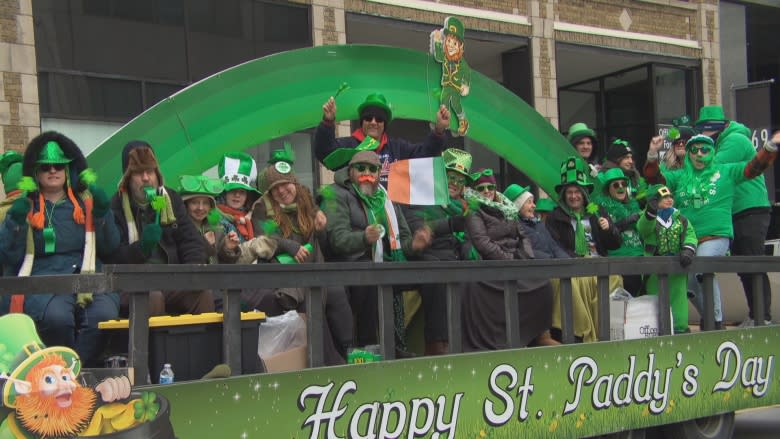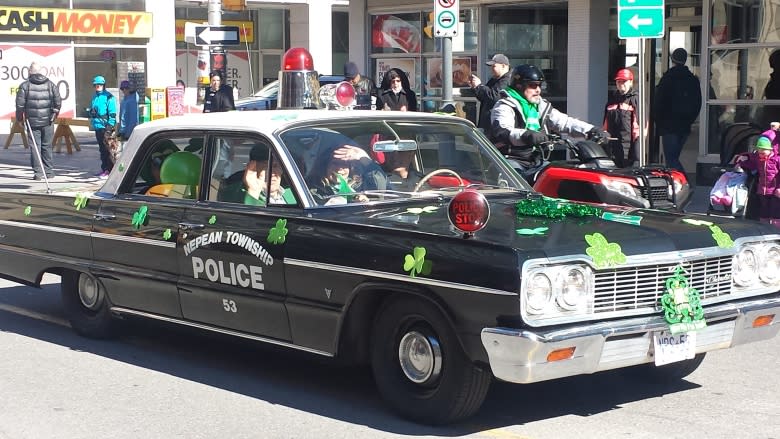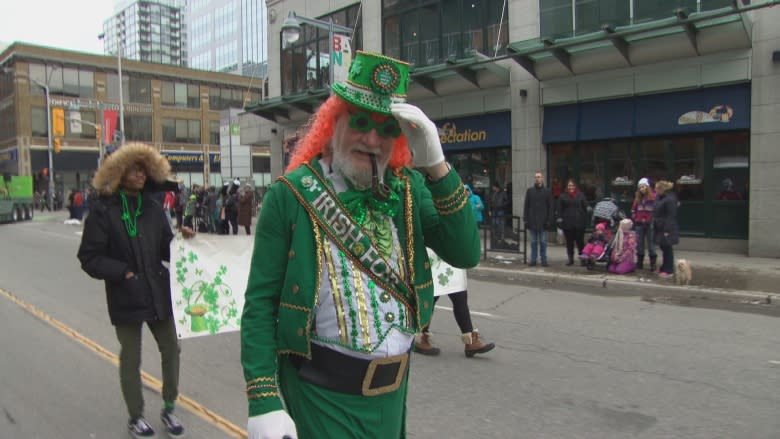From leprechauns to snakes, 4 myths about St. Patrick's Day
St. Patrick wasn't Irish, and leprechauns are a "miscommunication."
Those are just two of the common misconceptions about St. Patrick's Day, according to Sile Concannon, a visiting Irish languages professor at the University of Ottawa.
Concannon told CBC Radio's In Town and Out that much of the history behind the March 17 holiday has been lost through time and space.
Here are four of the myths behind St. Patrick's Day that Concannon shared this weekend with In Town and Out host Teri Loretto.
Leprechauns aren't Irish
Leprechaun imagery is not a part of traditional Irish heritage, said Concannon.
Fairies, however, were an important part of Irish mythology and history — a means people to explain things that happened around them before the introduction of organized religion and science.
"The image of fairies might have been taken by the U.S. and put on a Lucky Charms box. And the pot or gold and all of [those] kinds of things just escalated. And I have no explanation for that," she said.
"Leprechauns are a huge miscommunication."
St. Patrick wasn't Irish, either
The patron saint of Ireland was actually a Welshman who was captured by a slave trader and taken from his home in Wales, Concannon said.
After taking care of sheep and other farm animals in Ireland, St. Patrick eventually managed to make his way back home to Wales. However, once he returned, he heard God tell him in a dream that there was a bigger plan for him, she said.
"The dream called him [back] to Ireland," Concannon said.
"He went to Slane, in the county Meath, and begin teaching people the story of Christ and established an Orthodox Catholic religion."
And he didn't rid Ireland of snakes
According to mythology, in the fifth century, St. Patrick chased all of Ireland's snakes into the sea.
While it's true Ireland doesn't not have any snakes, that's not because of St. Patrick's doing, Concannon said.
The saint is often pictured with the creatures, but according to Concannon, those images represent St. Patrick ridding Ireland of paganism and heretics — not literal snakes.
"He was seen almost as a liberator [who freed] the Irish people from a pagan world and brought them into the light of Christianity," she said.
Parades began in the U.S., not Ireland
St. Patrick's Day parades in Ireland didn't begin until 100 years after they first started in the U.S., Concannon said.
The parades also trickled into Canada as many Irish immigrants used the day to celebrate their heritage and culture.
Forty per cent of Canadians, she added, claim Irish heritage.
"The connections between Ireland and Canada are wonderful," she said. "There are Irish-Canadians that take this day very seriously."




